- Urbaki Pets
- Horses
- Belgian Draft Horses: Strength and Temperament
Belgian Draft Horses: Strength and Temperament
23/07/2025 · Updated on: 11/08/2025

Belgian Draft horses are one of the most admired breeds of working horses, known for their immense strength, gentle temperament, and impressive presence.
These horses have a long history of working alongside humans in fields, on farms, and in various other demanding roles.
Their muscular build and calm demeanor make them perfect companions for hard work, yet they also possess the affectionate nature that makes them beloved by those who care for them.
In this article, we will explore the characteristics, history, and unique qualities of Belgian Draft horses, including their strength and temperament.
The History of Belgian Draft Horses
The Belgian Draft horse is a breed that originated in Belgium, where they were used for heavy draft work, particularly in agricultural settings.
The breed's history dates back to the Middle Ages, where it was developed by crossing local horses with heavier, imported breeds, including the French Percheron and English Shire.
Over time, these horses were bred for their strength and endurance, capable of pulling heavy loads and performing labor-intensive tasks.
 Early Uses and Development
Early Uses and Development
The Belgian Draft was originally used for farm work, including plowing, hauling, and working in fields. Their large size and muscular build made them ideal for pulling carts, plows, and other heavy machinery, particularly in the challenging terrain of Belgium’s countryside.
Belgian Draft horses were also used for hauling logs and working in the mining industry, where their stamina and strength were invaluable.
In the 19th century, the breed’s popularity grew as industrialization spread, and Belgian Drafts were shipped across Europe and to the United States, where they were prized for their power and versatility.
Today, Belgian Drafts are still used in certain agricultural and logging industries, though their role has diminished due to the advent of modern machinery. Despite this, they continue to be cherished for their heritage, strength, and character.
The Physical Characteristics of Belgian Draft Horses
One of the most striking features of Belgian Draft horses is their impressive size and muscular frame. These horses are among the largest of the draft horse breeds, and their physical appearance speaks to their capability for hard labor.
Here’s a closer look at their physical characteristics:
Size and Build
Belgian Draft horses stand between 16.2 and 17.2 hands high on average, with some individuals even taller. They are known for their broad chest, powerful hindquarters, and well-muscled bodies, which contribute to their strength and endurance.
Their sturdy legs are often heavily feathered at the ankles, a characteristic that adds to their aesthetic appeal.
Their coats are typically chestnut, bay, or roan, with some individuals having white markings on their faces and legs. Belgian Drafts have thick manes and tails, which add to their striking appearance.
 Strength and Endurance
Strength and Endurance
The Belgian Draft horse’s muscular frame is not just for show—it serves a very practical purpose. These horses are capable of pulling incredibly heavy loads, and their strength makes them ideal for tasks that require consistent power over long periods of time.
Historically, they were used for tasks like pulling plows, hauling timber, and even carrying freight. Their ability to maintain stamina over long hours of work is one of their most valued qualities.
The Temperament of Belgian Draft Horses
Despite their imposing size, Belgian Draft horses are known for their gentle temperament and affectionate nature. These horses are typically calm, patient, and easy to handle, making them a popular choice for both experienced and novice horse owners.
Their temperament is one of the primary reasons why they are often considered ideal for farm work, equine therapy, and recreational activities.
Calm and Patient Nature
One of the most defining characteristics of Belgian Draft horses is their calm and patient demeanor. They are not easily startled, and they tend to handle stress and unfamiliar situations with a level-headed approach.
This makes them particularly well-suited for work environments that involve close interactions with humans, animals, and machinery.
Whether they are being harnessed to pull a cart or trained for light riding, Belgian Drafts are patient learners, and their calm nature makes them more receptive to training than some other horse breeds.
This quality also makes them great companions for families, as they are generally good with children and can be trusted to behave around other animals.
 Affectionate and Social
Affectionate and Social
Belgian Draft horses are known for their affectionate nature, often seeking human companionship and attention. They are not solitary animals and enjoy being part of a family or working group.
Many Belgian Draft owners describe their horses as sociable and bonding strongly with their caretakers. These horses are typically sensitive and responsive to their handler’s cues, making them enjoyable to work with and care for.
Their calm and loving nature has made them ideal candidates for therapeutic riding programs and other activities that require emotional connection.
They have been known to work well with children, elderly people, and individuals with disabilities, bringing comfort and joy to those in need.
Caring for Belgian Draft Horses
Due to their large size and muscular build, Belgian Draft horses require proper care to stay healthy and active. Their diet, exercise, and living conditions should be carefully managed to ensure they remain in good physical condition.
Here are a few things to consider when caring for a Belgian Draft horse:
1. Nutrition and Diet
Because of their size and energy demands, Belgian Drafts require a balanced diet rich in high-quality forage and grain.
They should have access to plenty of fresh hay and clean water at all times, and their grain intake should be monitored to ensure they are receiving the appropriate amount of calories without gaining excessive weight.
 2. Exercise and Workload
2. Exercise and Workload
Belgian Drafts are naturally strong and have plenty of stamina, but they still require regular exercise to maintain their muscle tone and overall health.
This can include daily walks, light training sessions, or even participation in activities like driving or light draft work. Too much work without adequate rest can lead to muscle strain and fatigue.
3. Grooming and Health
Maintaining a regular grooming routine is essential for Belgian Drafts, particularly because of their thick coats and feathered legs.
Regular brushing helps to keep their coat clean and free of debris, and it also allows for inspection of the hooves and skin for any signs of irritation or injury.
Like all horses, Belgian Drafts require routine veterinary care, including vaccinations, dental check-ups, and hoof care.
 Belgian Draft Horses—The Gentle Giants
Belgian Draft Horses—The Gentle Giants
Belgian Draft horses are more than just symbols of strength—they are also known for their gentle temperament, affectionate nature, and strong work ethic.
Their size and power make them ideal for tasks that require significant physical strength, while their calm and patient demeanor makes them wonderful companions for humans.
Whether used for farm work, therapeutic purposes, or simply as a loving member of the family, Belgian Drafts are truly remarkable animals that offer both functionality and companionship.
By understanding their unique qualities and providing proper care, we can continue to appreciate these majestic creatures and the many ways they contribute to our lives.
Did you find this post useful or inspiring? Save THIS PIN to your PETS Board on Pinterest!
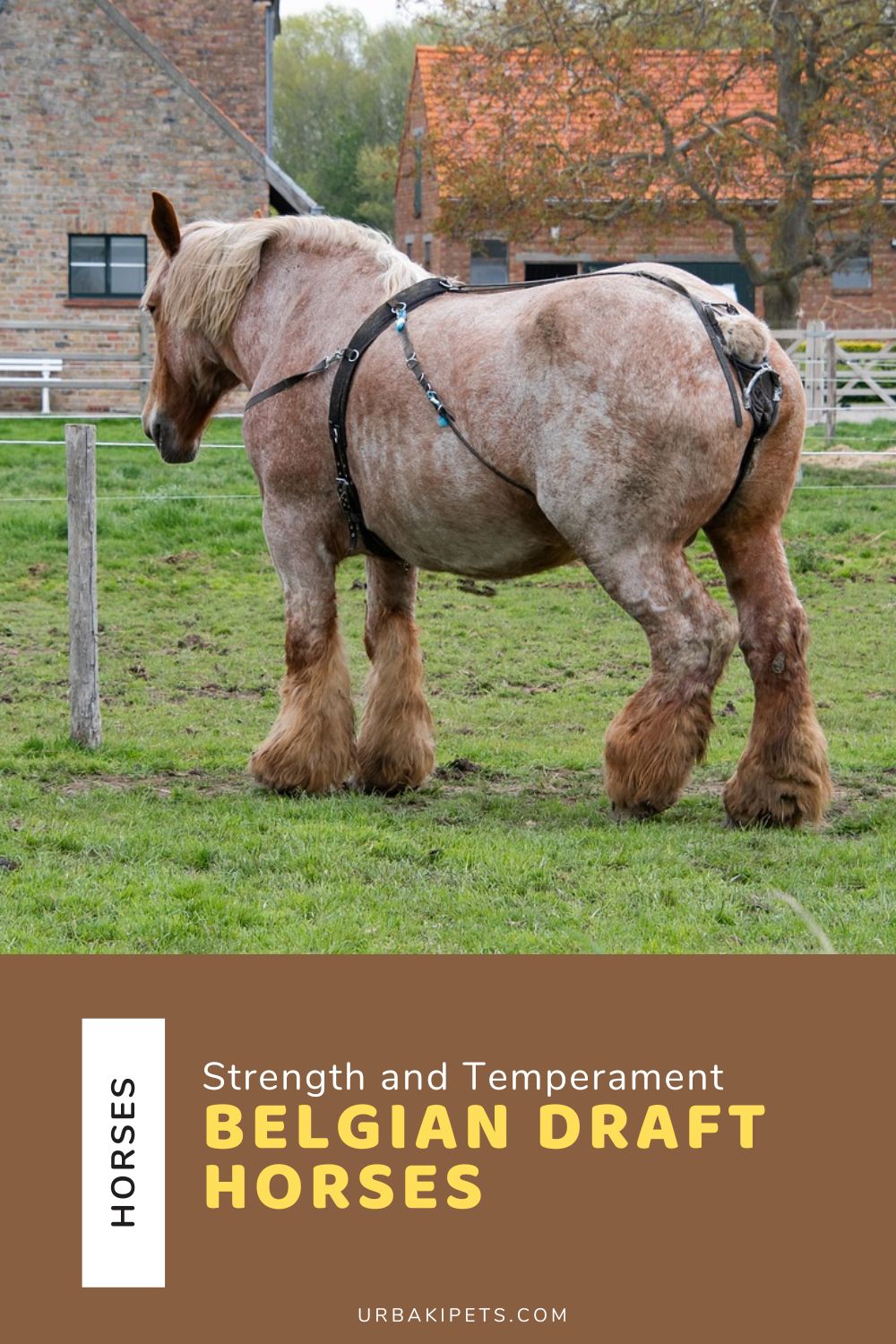
Urbaki Editorial Team is the collaborative byline behind our pet-care guides. Our writers and editors turn evidence and real-life experience into clear, humane advice on training, wellbeing, nutrition basics, and everyday life with animals. Every article is planned, written, and edited by humans, fact-checked against reputable veterinary sources, and updated over time. This is an editorial pen name—see our Editorial Policy. Educational only; not a substitute for veterinary advice.

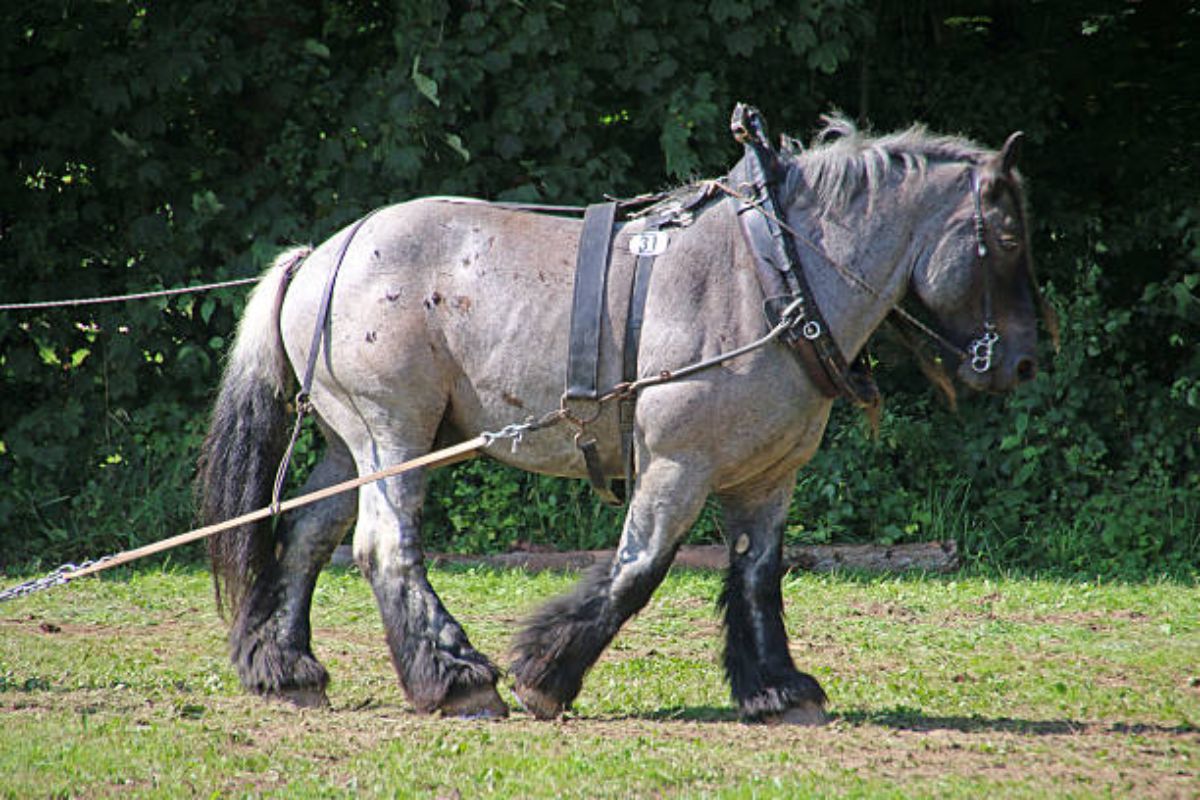 Early Uses and Development
Early Uses and Development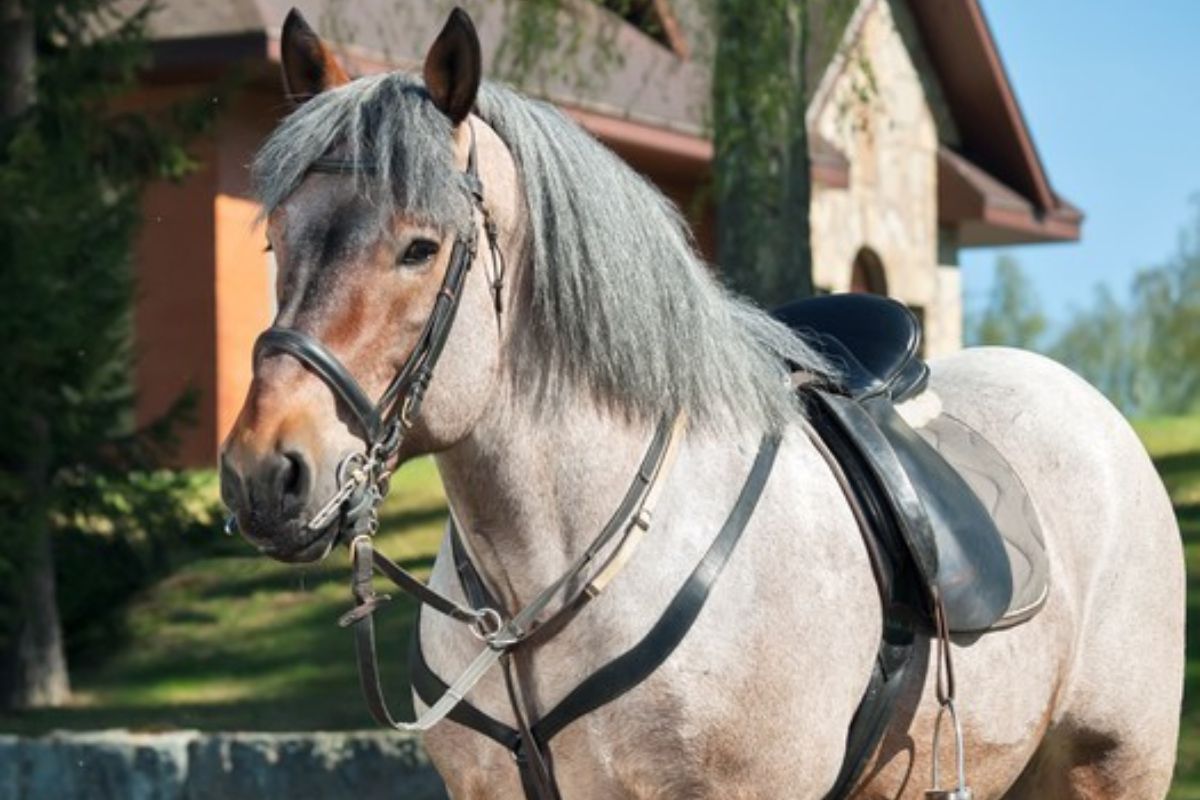 Strength and Endurance
Strength and Endurance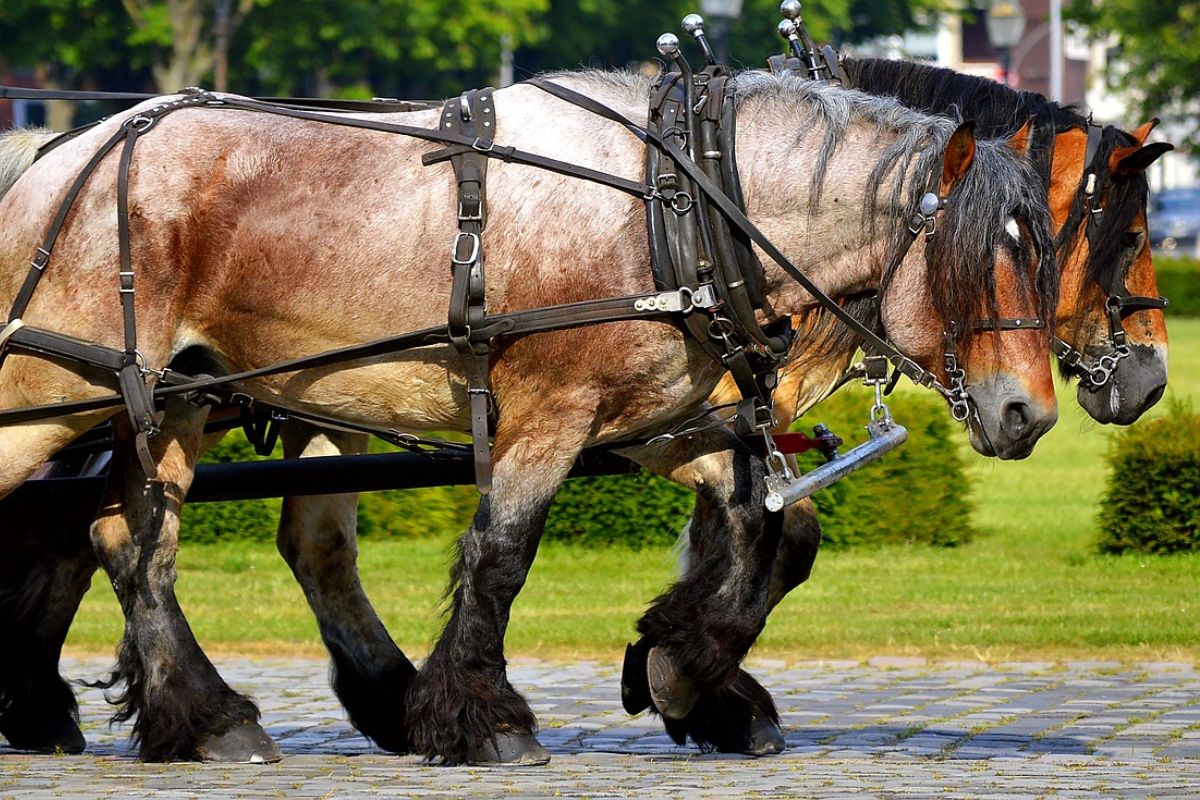 Affectionate and Social
Affectionate and Social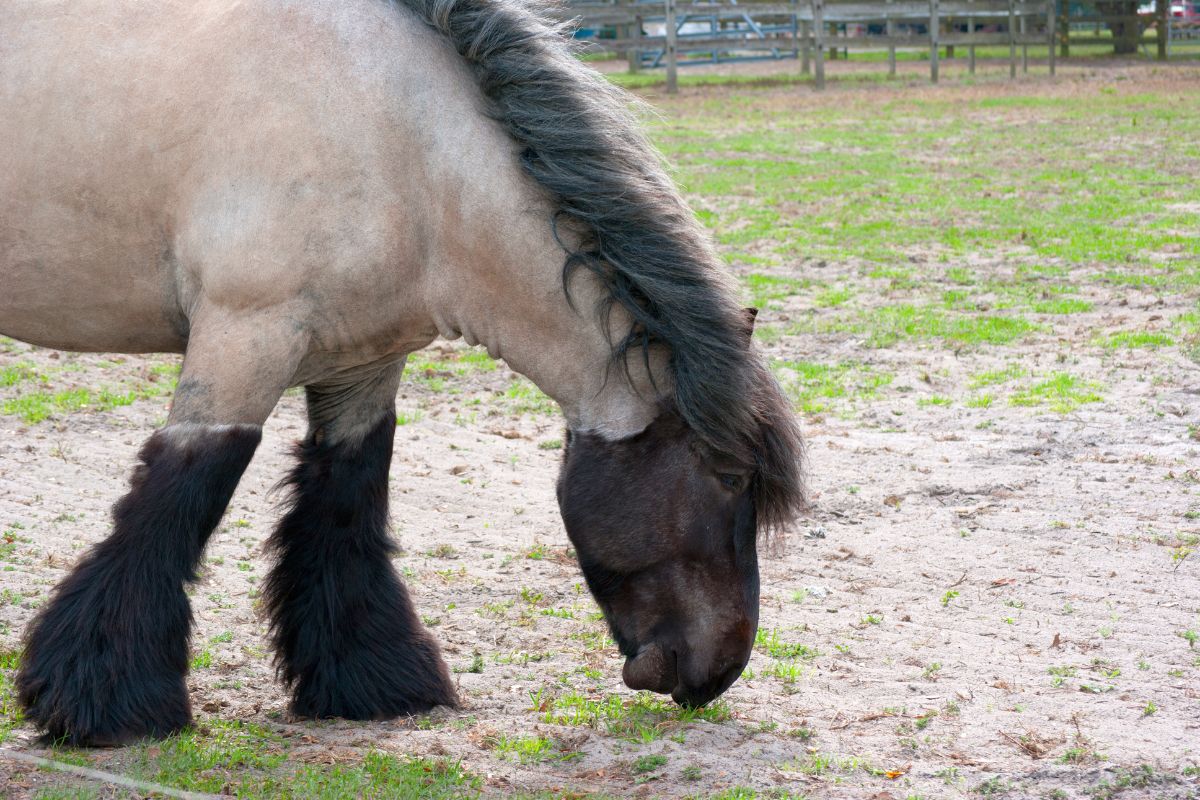 2. Exercise and Workload
2. Exercise and Workload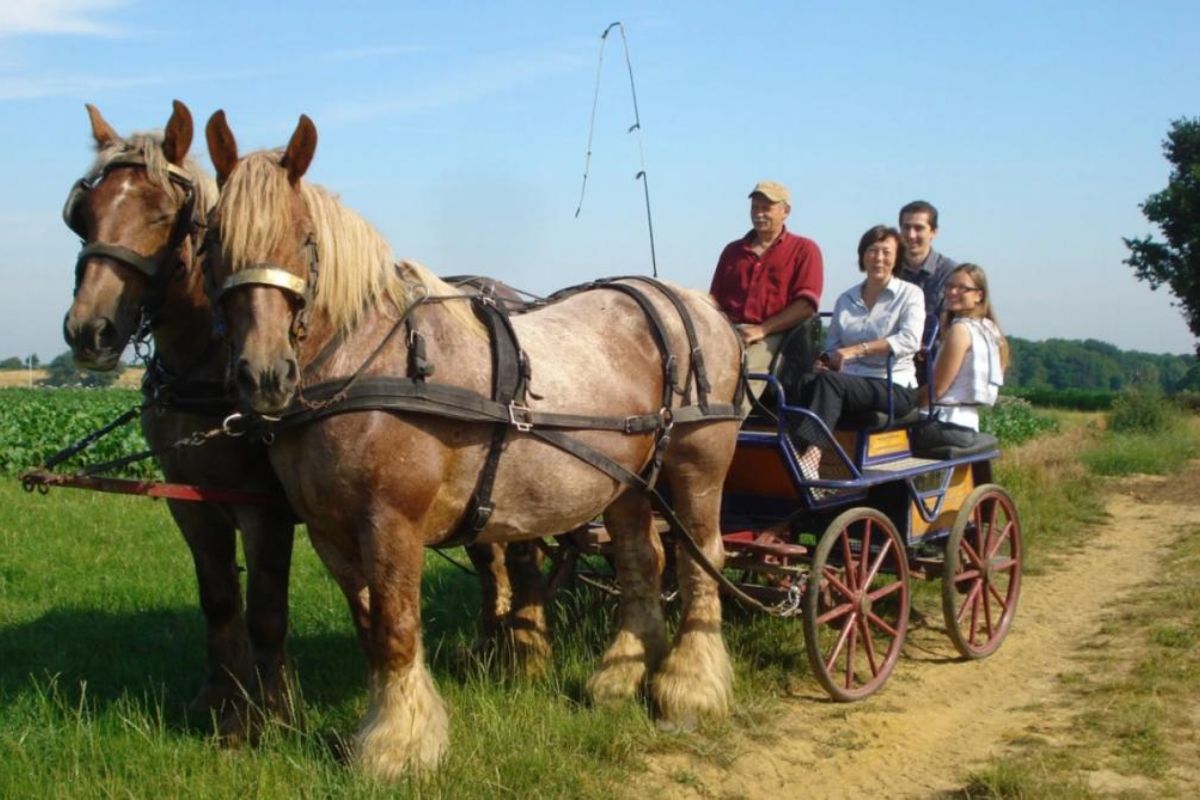 Belgian Draft Horses—The Gentle Giants
Belgian Draft Horses—The Gentle Giants
You may also like